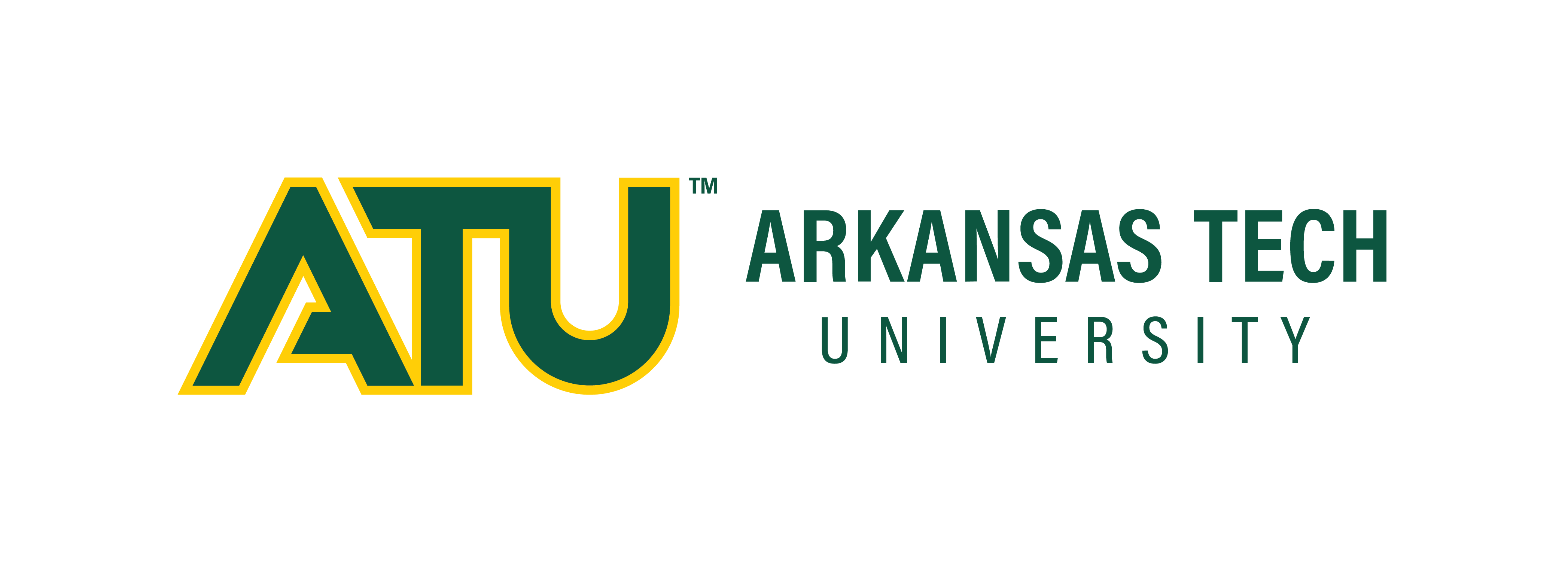Program Type
Graduate
Faculty Advisor
Dr. Jerry Wood
Document Type
Poster
Location
Face-to-face
Start Date
18-4-2024 2:00 PM
Abstract
In the world of computer vision and data retrieval, a crucial task is finding images within a database based on their visual content. This is known as content-based image retrieval (CBIR). As the number of digital images explodes across fields like online shopping, healthcare, and social media, the need for powerful and precise CBIR systems becomes ever more critical. Early CBIR methods depended on features crafted by hand, like color distributions, texture descriptions, and shape characteristics. However, these techniques often have difficulty capturing the true meaning of an image and might not handle very large datasets effectively. With the rise of deep learning, CBIR has undergone a significant shift. Deep convolutional neural networks (CNNs) are now used to automatically learn distinctive features directly from the raw image data. In this study, we investigate the effectiveness of pre-trained CNN models, specifically ResNet, GoogleNet, and AlexNet, for CBIR tasks on the STL-10 dataset. These models have been trained on massive image datasets like ImageNet, allowing them to learn rich, layered representations of visual features. By utilizing these models, we can extract high-level features from images and use them to find similar images based on these characteristics. Despite the progress made in deep learning based CBIR systems, challenges persist. A major hurdle is the gap between the low-level features extracted from images and the high-level semantic concepts they represent. Additionally, the choice of pre-trained model architecture, its hyperparameters, and the metrics used to measure similarity can significantly impact a CBIR system's performance. By examining how different pre-trained models perform on the STL-10 dataset, we aim to gain insights into the strengths and weaknesses of each model for CBIR tasks. We will also assess the accuracy of the retrieved images and explore potential avenues for improving CBIR effectiveness in real-world applications.
Recommended Citation
Das, Angelina, "Use of Deep Learning in Content-Based Image Retrieval (CBIR)" (2024). ATU Student Research Symposium. 51.
https://orc.library.atu.edu/atu_rs/2024/2024/51
Included in
Use of Deep Learning in Content-Based Image Retrieval (CBIR)
Face-to-face
In the world of computer vision and data retrieval, a crucial task is finding images within a database based on their visual content. This is known as content-based image retrieval (CBIR). As the number of digital images explodes across fields like online shopping, healthcare, and social media, the need for powerful and precise CBIR systems becomes ever more critical. Early CBIR methods depended on features crafted by hand, like color distributions, texture descriptions, and shape characteristics. However, these techniques often have difficulty capturing the true meaning of an image and might not handle very large datasets effectively. With the rise of deep learning, CBIR has undergone a significant shift. Deep convolutional neural networks (CNNs) are now used to automatically learn distinctive features directly from the raw image data. In this study, we investigate the effectiveness of pre-trained CNN models, specifically ResNet, GoogleNet, and AlexNet, for CBIR tasks on the STL-10 dataset. These models have been trained on massive image datasets like ImageNet, allowing them to learn rich, layered representations of visual features. By utilizing these models, we can extract high-level features from images and use them to find similar images based on these characteristics. Despite the progress made in deep learning based CBIR systems, challenges persist. A major hurdle is the gap between the low-level features extracted from images and the high-level semantic concepts they represent. Additionally, the choice of pre-trained model architecture, its hyperparameters, and the metrics used to measure similarity can significantly impact a CBIR system's performance. By examining how different pre-trained models perform on the STL-10 dataset, we aim to gain insights into the strengths and weaknesses of each model for CBIR tasks. We will also assess the accuracy of the retrieved images and explore potential avenues for improving CBIR effectiveness in real-world applications.


